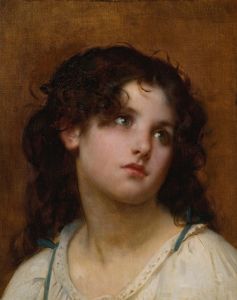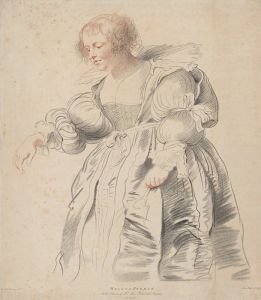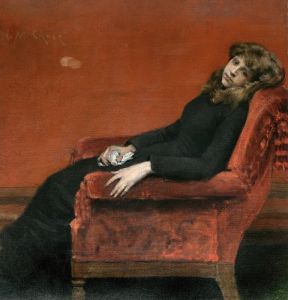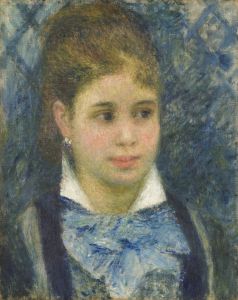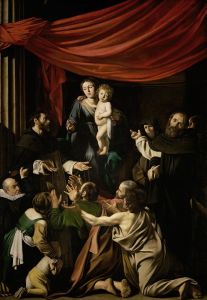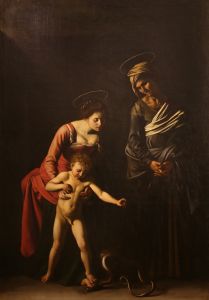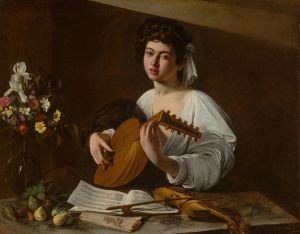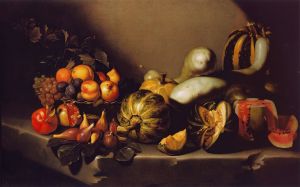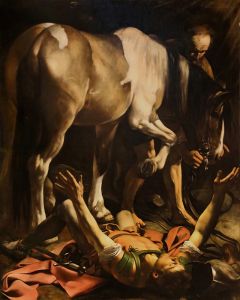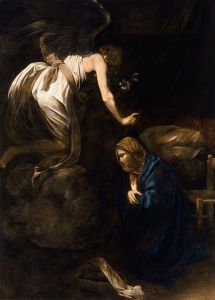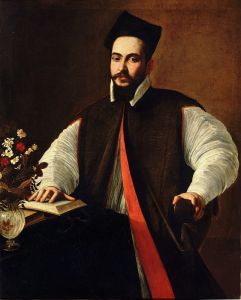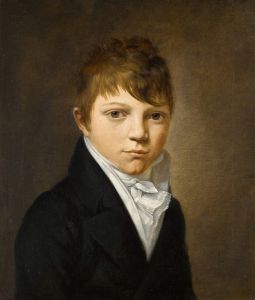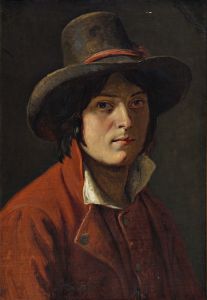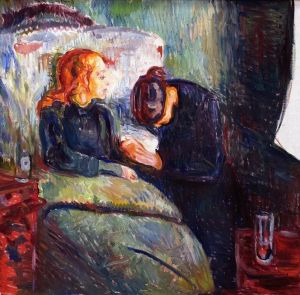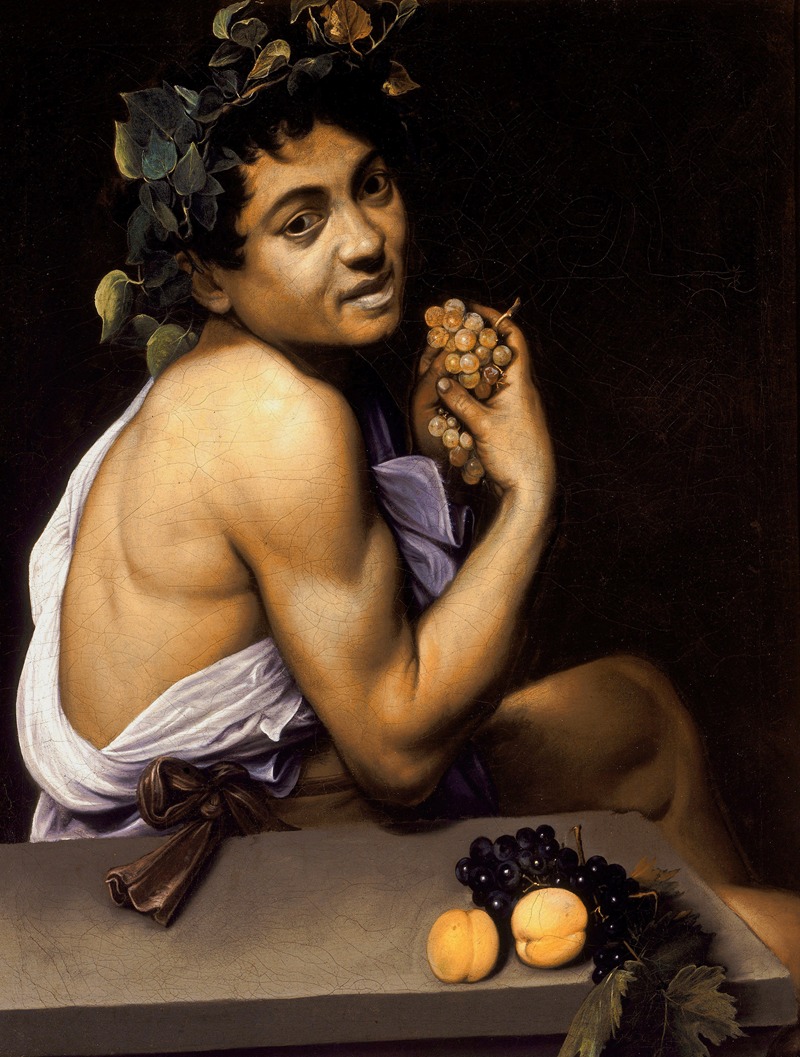
Young Sick Bacchus
A hand-painted replica of Caravaggio’s masterpiece Young Sick Bacchus, meticulously crafted by professional artists to capture the true essence of the original. Each piece is created with museum-quality canvas and rare mineral pigments, carefully painted by experienced artists with delicate brushstrokes and rich, layered colors to perfectly recreate the texture of the original artwork. Unlike machine-printed reproductions, this hand-painted version brings the painting to life, infused with the artist’s emotions and skill in every stroke. Whether for personal collection or home decoration, it instantly elevates the artistic atmosphere of any space.
Young Sick Bacchus (Italian: Bacchino Malato) is an early self-portrait by the Italian Baroque master Michelangelo Merisi da Caravaggio. The painting, executed in oil on canvas, is believed to have been created around 1593–1594 during the artist's early years in Rome. It is currently housed in the Galleria Borghese in Rome, Italy.
The work depicts a youthful Bacchus, the Roman god of wine, portrayed with pale skin, tired eyes, and a somewhat sickly appearance. He is adorned with a crown of grape leaves and holds a cluster of grapes in his hand, a traditional symbol associated with Bacchus. The figure is seated against a dark background, with a shallow depth of field that emphasizes the subject. The painting’s title, Young Sick Bacchus, derives from the figure’s pallor and apparent ill health, which some scholars have interpreted as a reflection of Caravaggio’s own condition at the time.
Historical records suggest that Caravaggio painted this work shortly after recovering from a serious illness, possibly malaria, which he contracted during his early years in Rome. It is widely believed that the artist used a mirror to create this self-portrait, as he lacked access to professional models during this period. The painting is notable for its realistic depiction of human imperfection, a hallmark of Caravaggio's style, which broke away from the idealized forms of the Renaissance.
Young Sick Bacchus is considered one of Caravaggio’s earliest known works and provides insight into his developing artistic style. The painting demonstrates his early interest in naturalism and his ability to capture the physical and emotional state of his subjects. The use of dramatic lighting, known as chiaroscuro, is less pronounced in this work compared to his later masterpieces but is still evident in the subtle contrasts between light and shadow.
The painting was acquired by Cardinal Scipione Borghese, an early patron of Caravaggio, and has remained in the Borghese collection since the early 17th century. It is one of several works by Caravaggio in the Galleria Borghese, which holds one of the most significant collections of his paintings.
Young Sick Bacchus is often studied for its autobiographical elements and as an example of Caravaggio’s early experimentation with self-portraiture and naturalism. The work remains an important piece in understanding the artist’s formative years and his contributions to the Baroque movement.





